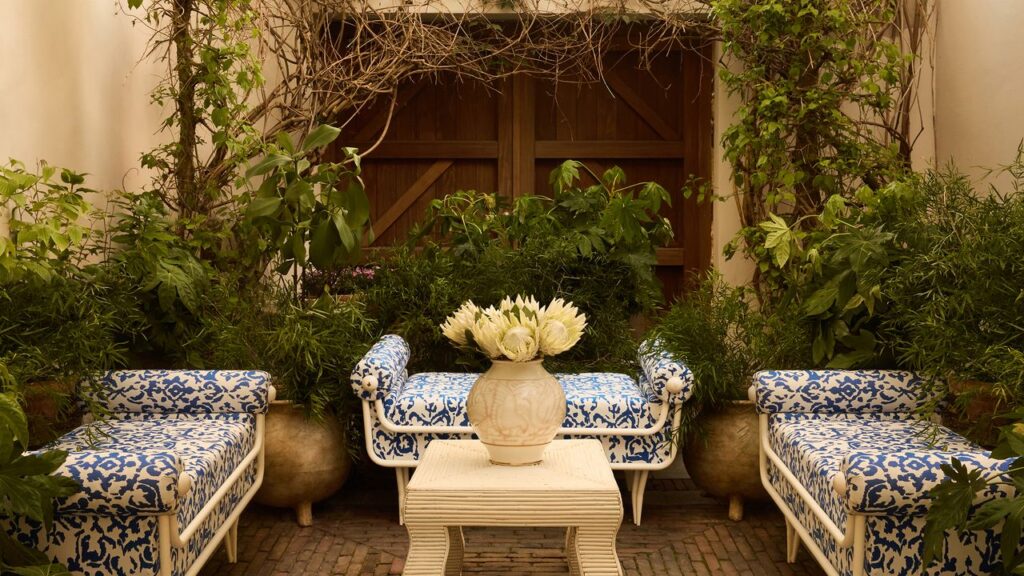By the time interior architect Aurélie Penneman de Bosscheyde visited this historic town house, it had already been the backdrop of many personal and creative pursuits. The owners, two lawyers with grown children, raised their family in this lively neighborhood of Kortrijk, a small city in Belgium, but they currently enjoy quieter lives. “They’ve lived in this home for a very long time,” Penneman remembers. “And it had been restored several times before.”
When the couple reached out to Penneman last March and invited her in, she was struck by the beauty of the property and the potential that previous professionals wasted. The existing Art Deco front door was made of steel and hammered glass, and it opened to a terrazzo floor bordered by a hand-laid mosaic. Further inside, dark and disjointed rooms were confused by additions and closed off from the sun by neighbors on either side. And yet, those spaces had flourishes that were worth preserving too, as long as her team used some elbow grease. As Penneman reached the back façade, which overlooks the river Leie, she envisioned a renovation that better respected what came before her. “We wanted to highlight the original elements and get rid of the added decoration that didn’t make any sense with the architectural history,” she says.
In order to shed more unwelcome aspects of the past, the team installed all new electrical and plumbing systems while layouts slightly shifted to give the illusion of more space. This wouldn’t be an open-concept home, but, in the name of modernity, they moved walls at the entrance and between a bedroom and bathroom. At the same time, restoration of the front door’s steel and the terrazzo took place. Sanding and re-oiling of the Hungarian point flooring in the kitchen happened alongside the repair of the Carrara marble mantelpiece in the living room. Penneman made sure that the backdrop she built across four bedrooms, two bathrooms, and a total of 3,300 square feet would feel seamless, while the owners did the same. “We typically use quite a lot of color in our projects,” she says. “But the owners really wanted to go for a neutral palette on the walls.”



